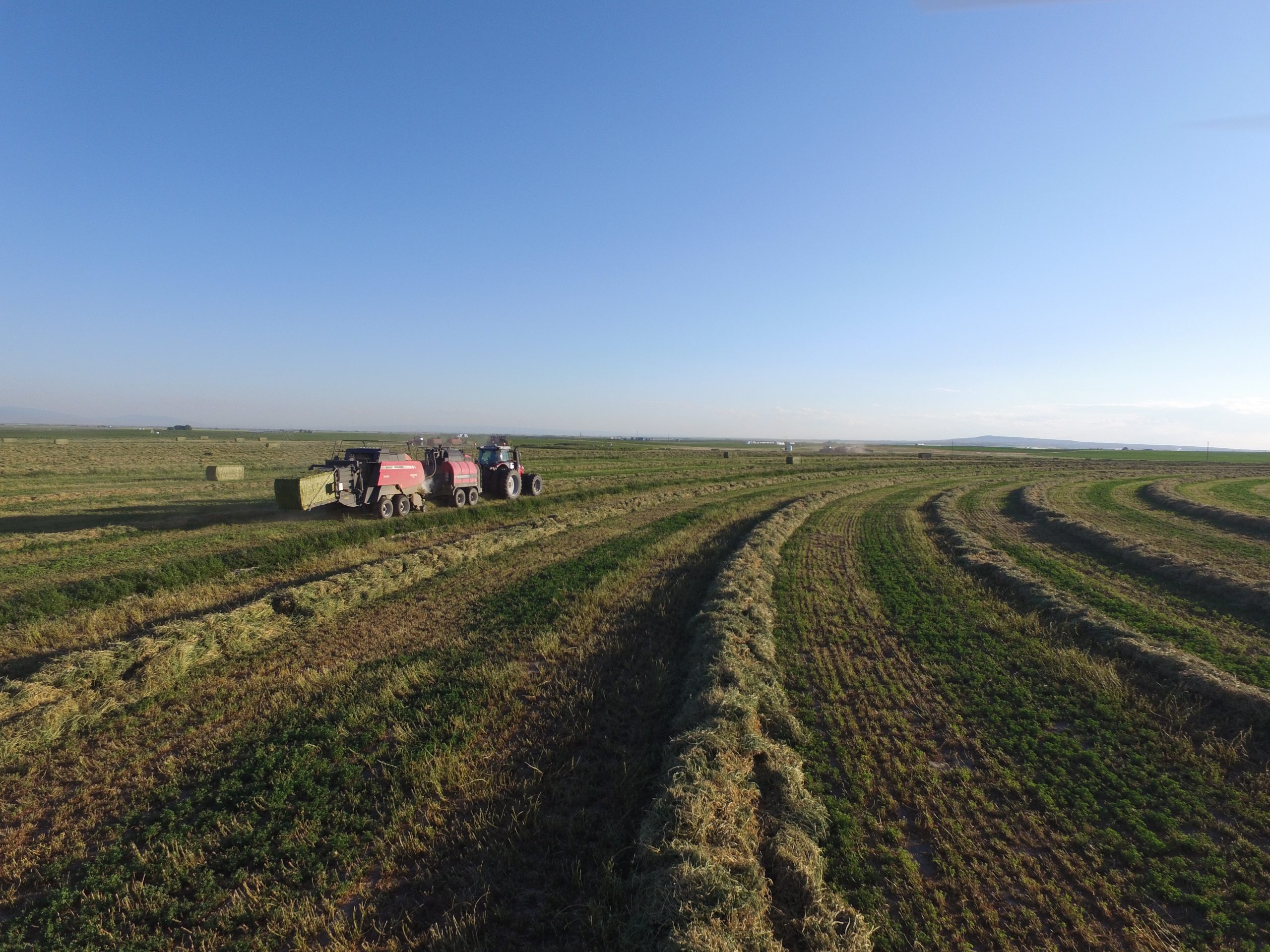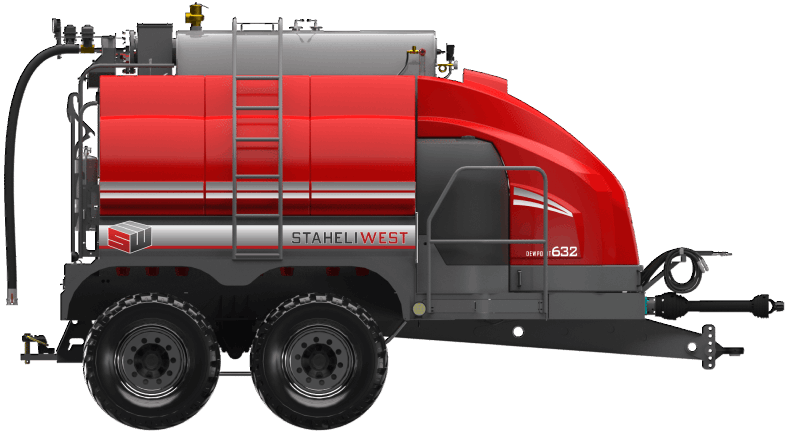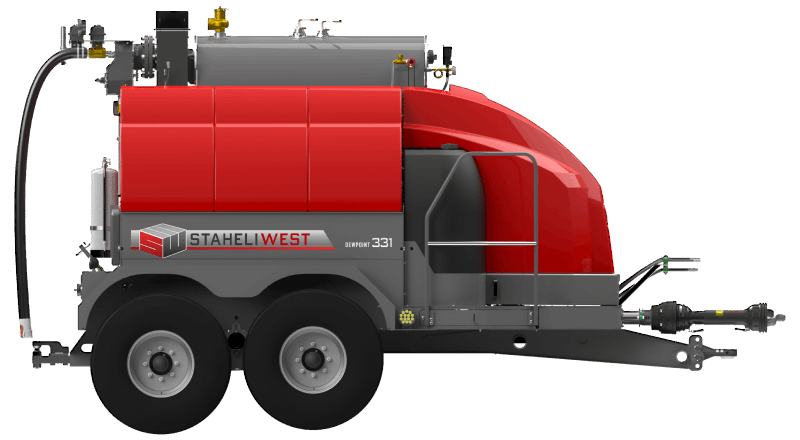
Increase Baling Speed by Using Steam
Field Speed While Baling Hay With the DewPoint Hay Steamer
There are many benefits that come from using steam during baling, but there’s one particular benefit that sometimes gets forgotten – the impact that steam has on your baling speed. Here are some important things to keep in mind when it comes to field speed and the DewPoint steamer.
- Using the DewPoint hay steamer can actually increase field speeds by 15-25% higher than conventional baling. That’s because the crop is softened by the steam which allows not only more crop to be packed into each each flake, but also to pack easier into each flake.
- Conventional bale flake counts of 40 flakes/bale can typically be reduced to around 30-35 flakes/bale when using steam while maintaining excellent bale conformation and higher bale density.
- Steam is more effective when the baler is fed to full or nearly full capacity with the stuffer cycling on every plunger stroke.
- Load settings can be decreased by 5-10% while still achieving higher bale density.
Increasing field speeds will make your operation more efficient while increasing the quality of your hay product.
Feed the Baler to Full Capacity for Better Steam Results
Not only does increasing your field speed make you more efficient, but it will also allow the steam to be more effective. When the hay is coming across the pickup and into the packer chamber at a full capacity rate, the steam is entrapped in the hay more efficiently than if you are baling too slow. Much more steam is lost to the atmosphere when you are not feeding the baler to full or nearly full capacity. Ideally field speed should be as fast as necessary to feed the baler to full or nearly full capacity with the stuffer cycling on every plunger stroke.
We understand that thin crop yields and/or rough field conditions may limit field speed and lower steam efficiency. This underlines the importance of thorough seedbed preparation to provide a firm, smooth, field surface for the entire crop cycle. Proper seedbed preparation pays good dividends over the life of an alfalfa stand by reducing wear and tear on equipment and operators, allowing higher field speeds with higher tons/hour baler capacities, and reducing crop loss associated with rough field surfaces.
Baler Load Settings
We have found that farmers using steam while baling can also lower baler load settings and still achieve a higher bale density. For example, Dave, in the video, is running with a load setting of 255 in the middle of the afternoon and is putting 30-32 flakes per bale. He states, “We’d probably be running about 270 if we were working in natural dew to get the same density in the bales that we are getting here today.”



